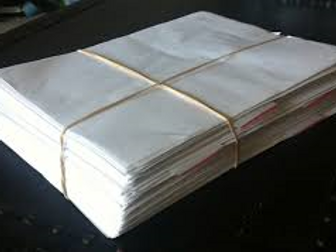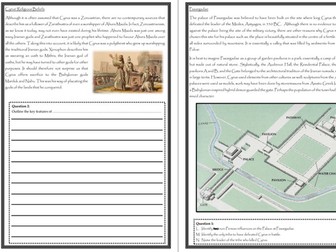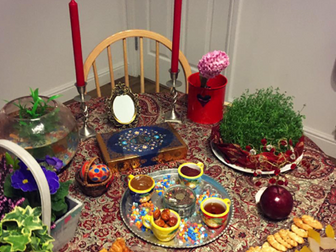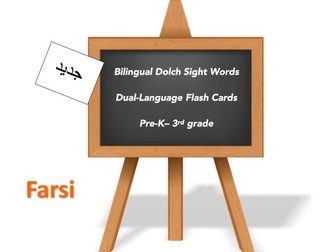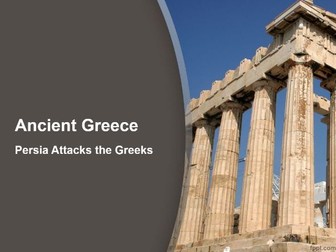The Persian Wars Worksheet Packet (20 Total Assignments)
This worksheet packet features engaging 500-600 word articles on a variety of topics designed to inform and inspire. Each article is paired with thought-provoking questions to test comprehension, encourage critical thinking, and spark discussion. Clear, concise answers are included to support learning and ensure accuracy. The packet is perfect for independent study, classroom use, or homework assignments. With its accessible format and diverse content, it provides a great way to explore subjects in depth while building reading and analytical skills. Ideal for learners of all ages, this packet fosters curiosity and helps develop a deeper understanding of key concepts.
ASSIGNMENTS INCLUDED:
Persian Wars Overview
Ionian Revolt
Battle of Lade
Darius I
Miltiades
Battle of Marathon
Phiddipides
Xerxes
Leonidas
The Battle of Thermopylae
Ephialtes
The Immortals
The 300 Spartans
Battle of Artemisium
Themistocles
Battle of Salamis
Battle of Plataea
Formation of the Delian League
Peace of Callias
Legacy
